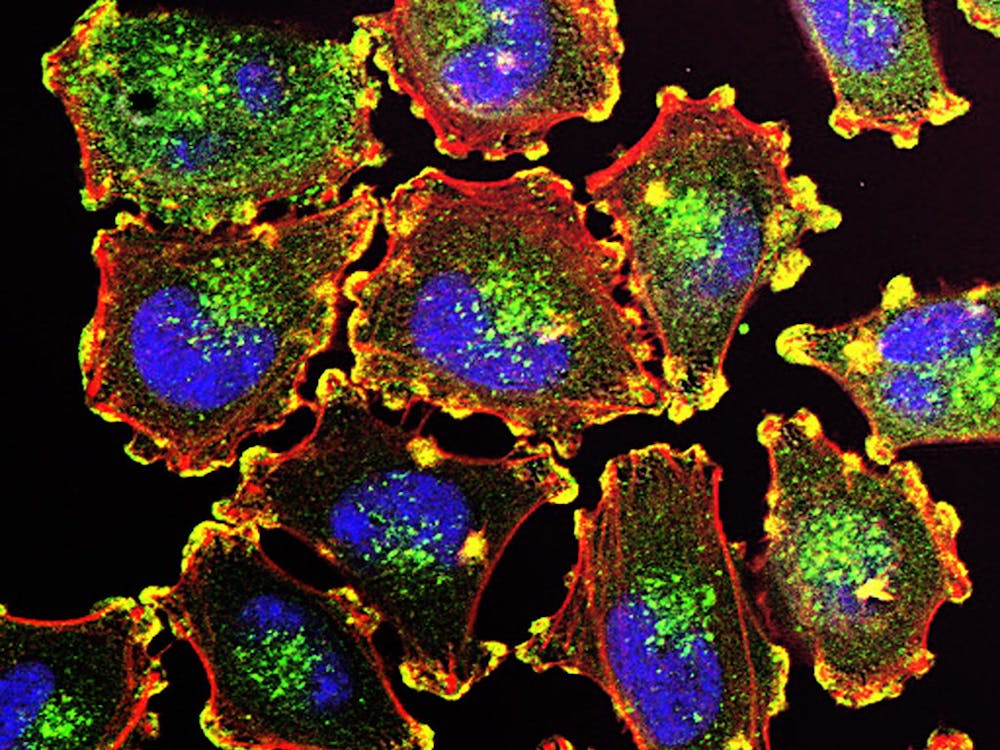Options for treatment of chronic pain remain limited to drugs that may be marginally effective or potentially addictive. Sufferers also deal with side effects of their medications along with the prospect of increased drug tolerance.
In response to this need for better treatment options, some researchers have begun to consider alternative, non-pharmacological methods for managing chronic pain.
Recently, as reported in the February 2017 issue of the journal Pain, phototherapy has been shown to be effective in a rat model of acute nociception, the sensory nervous system’s response to potentially harmful stimuli, and chronic neuropathic pain. Rats exposed to full-body illumination from light-emitting diodes (LEDs), specifically green LEDs, appeared to have lower pain thresholds as a result of light therapy.
Researchers at the Department of Anesthesiology and Pharmacology at the University of Arizona were able to deduce the reduced pain thresholds based on the increased times at which the rats withdrew their paws from a radiant heat source.
To find the most optimal light conditions for inducing thermal analgesia, the researchers tested various light conditions and intensities. For eight hours per day for five days, rats were exposed to ambient room light or 110-lux white, blue or green LEDs. Immediately after the illumination, their path withdrawals were timed, and even after the five-day period post-exposure, thermal analgesia was examined.
Green LED was found to be the most effective type of light in terms of increasing the time of the paw withdrawals. Thermal analgesic effects from green LED, starting from the second day of phototherapy, lasted up to four days after ending the phototherapy.
In addition, a light intensity as low as four lux of green LED was sufficient for achieving the maximal antinociception observed at higher intensities at 110- or 330-lux levels. Green LEDs at four lux were thereafter used in experiments, including the trial, in which researchers tested whether the rats would develop tolerance to green LED after a prolonged exposure.
The rodents were exposed to green LED for a total of 12 days for eight hours daily, yet their antinociceptive levels, did not significantly decrease. In comparison, other studies have observed that rodents typically develop analgesic tolerance to morphine within three days.
The dependence of analgesic effects on the visual system was another question the researchers sought to address. Two groups of rats fitted with either dark and opaque or transparent and clear contact lenses were exposed to green LED over a five-day period.
While rats wearing clear contact lenses showed similar path withdrawal times to those of rats with no contact lenses, rats with dark contact lenses did not develop antinociception.
In a follow-up experiment, rats with green contact lenses that were exposed to ambient room light developed thermal analgesia by day three of a five-day period.
The research team also queried whether green LED, in addition to the activation of the visual system, modulated descending pain pathways.
Over a five day period, some rats, immediately following eight hours of green LED exposure, received an opioid antagonist naloxone. About 20 to 30 minutes later, when their paw withdrawal times were measured, the average time had returned to the nociceptive baseline, indicating the dependence of green LED on the release of opioids to generate antinociception.
The researchers however, were wary as to whether other factors besides the green LED engendered antinociception. To investigate whether pigmentation mediated green LED, groups of pigmented and albino rats were subjected to the five-day regimen, after which it was found that their results did not significantly differ.
Stress-induced antinociception was also examined as a possible contributing factor and again ruled out, as adrenergic receptor antagonists injected into the rodents failed to reverse the antinociceptive effect of green LED.
In addition to a model of acute nociception caused by a heat source, the researchers modeled the effects of green LED on neuropathic pain. Spinal nerve ligation surgery was conducted on the left hind paws of the rats, after which the rats experienced significantly decreased paw withdrawal times.
Yet, a regimen of eight hours of exposure to green LED was able to maximally reverse the nociceptive baseline by the third day, and even after the termination of the green LED five-day period, thermal analgesia was apparent up to 10 days post-exposure.
Although the results of the experiments would need to be replicated in a human model, the lead author of the study, Dr. Mohab Ibrahim, is convinced of the significance of the findings.
“Chronic pain is a serious issue afflicting millions of people of all ages,” Ibrahim said, in an interview with University of Arizona News. “We need safer, effective and affordable approaches, used in conjunction with our current tools, to manage chronic pain. While the results of the green LED are still preliminary, it holds significant promise to manage some types of chronic pain.”
According to the press release, a clinical trial using green LED phototherapy is now being conducted for patients suffering from fibromyalgia, a chronic condition which causes widespread muscle pain.






















Please note All comments are eligible for publication in The News-Letter.